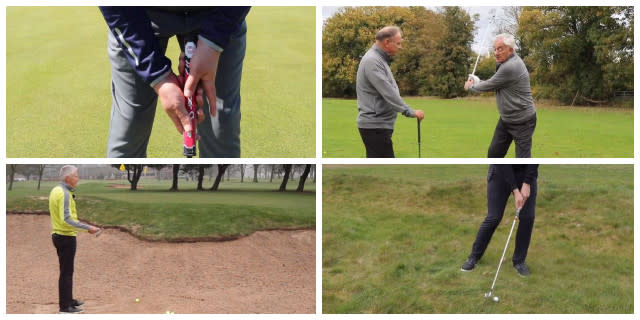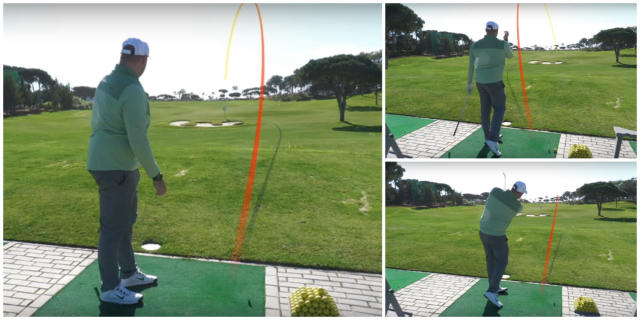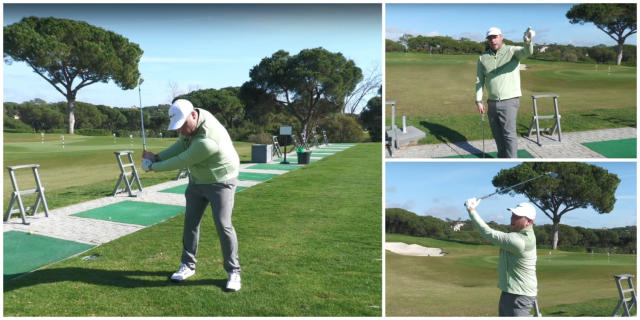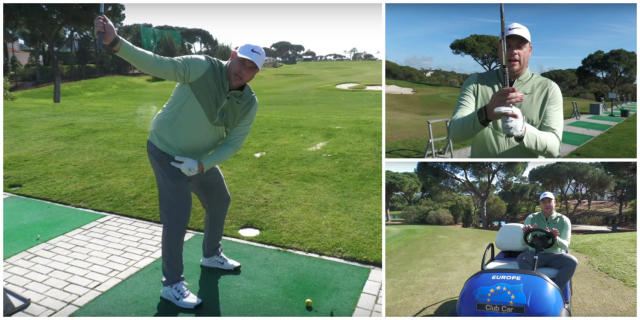Why do greenkeepers topdress greens?
Have you ever been playing on a putting green and as your ball rolls towards the hole it accumulates a layer of sand around it, like a snowball increasing in size.
Where has all this sand come from? Is your greenkeeping team trying to trick you into thinking you’re playing at a links course?
Or is there something more to it that makes topdressing one of the most important aspects of golf course greenkeeping?
Topdressing is the process of spreading a layer of sand, or a mixture of sand and loam – nutrient-filled clay and organic material – across the green.
Techniques usually fall into two camps – little and often, or heavy and rare, maybe just once or twice a year.
The purpose of topdressing is to dilute the layer of thatch below the surface of the turf.
This improves drainage and increases the quality of the soil, allowing for better grass growth and improved smoothness and trueness of the surface.
The best method of topdressing is for it to take place alongside aeration - scarification or verticutting - which ensure the material is integrated into the soil profile, and not just spread across the surface.
Without this coordinated work, the sand will eventually build up and result in a layering of the soil profile, affecting movement of moisture and root development.
So the work is important, but why do greenkeepers choose the peak playing season to do it?
There’s a couple of reasons for this, the main being that it’s important to apply material when the grass is growing, and that means during warmer months. This ensures the topdressing can be absorbed. Applications outside of this season smother the turf and cause it to promote sappy growth, which results in disease activity.
If attempted in bad weather, topdressing will also be washed away, wasting valuable time and money.
Topdressing is an exact science, and the material used should match the profile of the rootzone to achieve compatibility in particle size, pH balance, hydraulic conductivity and air porosity.
Greens that are not topdressed on a regular basis are more likely to have poorer turf quality and the surface can become uneven, resulting in frustrating play.
So the next time your golf green is covered in a layer of sand, you’ll know that it’s for an important reason.
For more more videos in this series visit: www.golfshake.com/improve/tag/BIGGA/
This video was filmed in association with Golfshake and BIGGA (The British and International Golf Greenkeeping Association) at the Belfry in March 2017.
BIGGA represents the Nation's greenkeepers and works hard through education and training to raise standards in golf course management throughout the greenkeeping profession. To find out more about the work BIGGA do visit: www.bigga.org.uk

Related Content: BIGGA
Related Video
Comments
British and International Golf Greenkeepers Association
BIGGA is dedicated to the continuing professional development of its 5,700 members, BIGGA works hard through education and training to raise standards in golf course management throughout the greenkeeping profession.
More Features




















